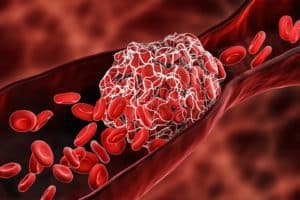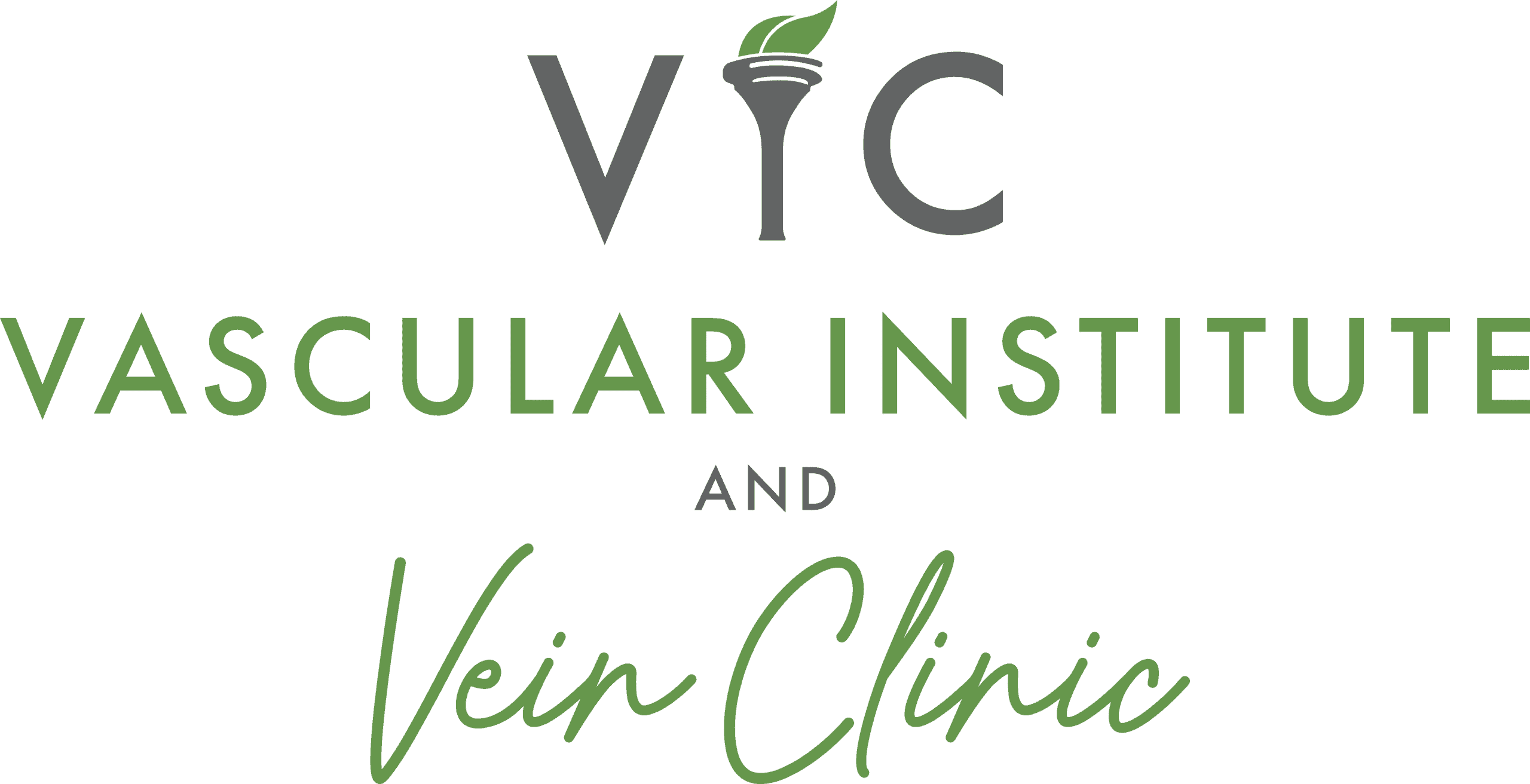|
|
Deep Vein Thrombosis (DVT) is a medical condition that occurs when a blood clot forms in one of the deep veins in the body, mainly in the legs. This is a serious condition that can cause complications if left untreated, including Pulmonary Embolism (PE), a life-threatening condition. In this blog post, we will discuss what causes DVT, who is at risk, lifestyle changes to minimize the risk, treatment options, and whether this diagnosis is survivable.
Causes of Deep Vein Thrombosis
A blood clot can form in our veins when there is limited or obstructed blood flow due to inactivity, trauma, underlying medical conditions, or genetic factors. Prolonged periods of inactivity can also cause DVT, like during long flights or bed rest after an injury or surgery. Dilated veins or damaged blood vessels can also increase the risk of developing DVT. Some underlying medical conditions, like cancer, heart disease, obesity, or pregnancy, can also trigger DVT. In rare cases, inheriting a genetic blood clotting disorder can cause DVT.
Risk Factors for Deep Vein Thrombosis
While DVT can affect anyone, some people may be more susceptible than others. This includes people who are overweight, elderly or have a family history of DVT. Additionally, people who sit for extended periods, like desk workers or those who travel frequently, may be at risk. Pregnant women or women taking hormone replacement therapy are also vulnerable to DVT, along with patients who have undergone surgery or have certain medical conditions. Tobacco use is also a risk factor.
Prevention Measures
A person can make various lifestyle changes to minimize the risk of DVT. This includes maintaining a healthy weight, being physically active regularly, taking breaks during extended travel, staying hydrated, wearing compression stockings, getting out of bed, and walking around frequently while recovering from surgery or injury. Quitting smoking and limiting alcohol intake are also encouraged.
Treatment Options
DVT is a serious condition that requires prompt medical attention. Treatment will usually depend on the severity of the clot, but medication is often the go-to option. Anticoagulants, like Heparin and Warfarin, work to dissolve blood clots and reduce the probability of future clots. Thrombolytic drugs, clot-dissolving medications, may be used in severe cases. In some cases, surgery may be necessary to remove the clot. Supportive treatments like wearing compression stockings and participating in physical therapy are also common.
While DVT can be a life-threatening condition, it is preventable and treatable. Understanding the risk factors and making lifestyle changes can significantly reduce the likelihood of developing a clot. If you suspect, you may have DVT, seeking medical attention immediately can increase the probability of survival. Wit the right treatment and lifestyle changes; you can reduce your risk of developing DVT or manage the condition with minimal complications. If you have further concerns, always consult your doctor.







